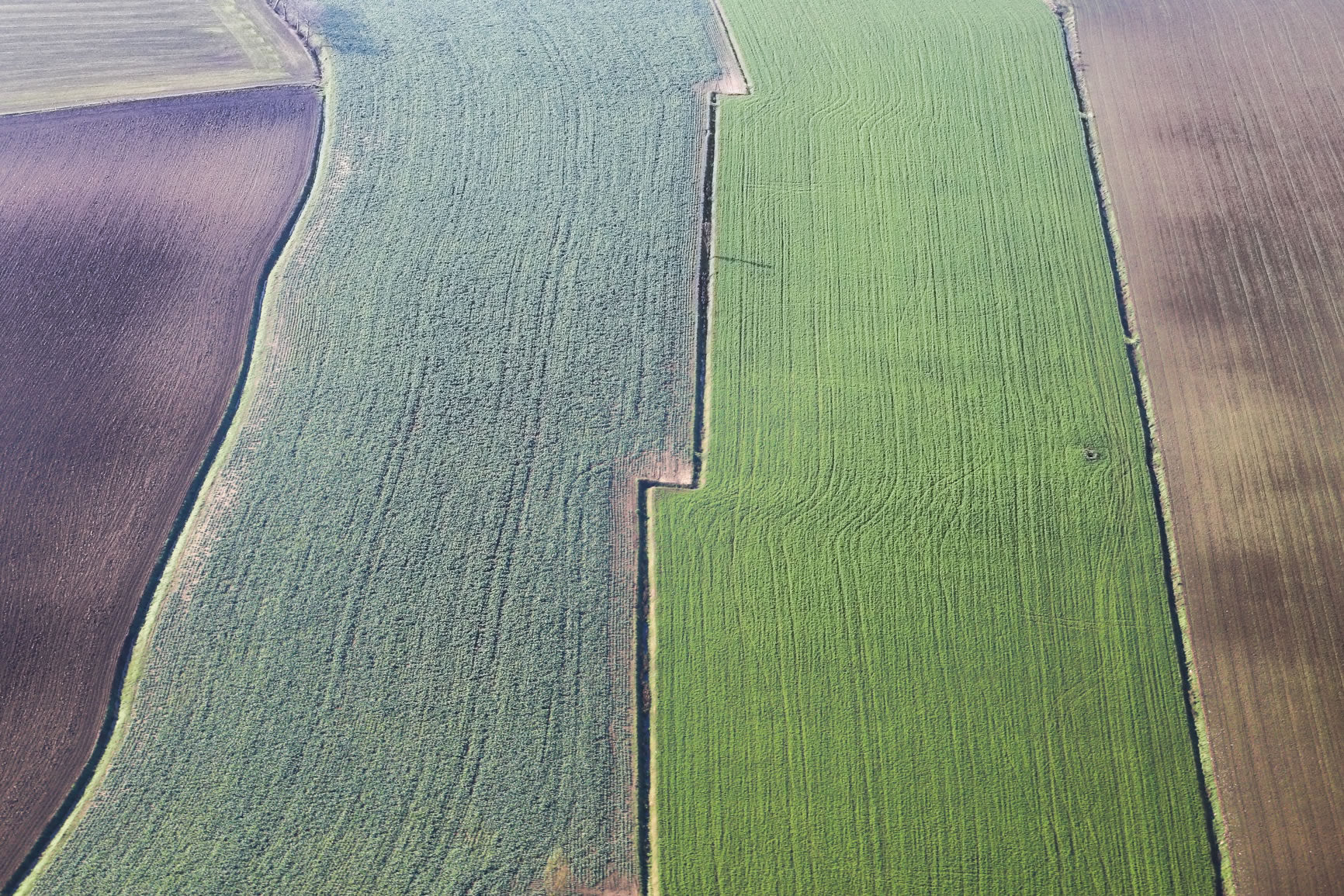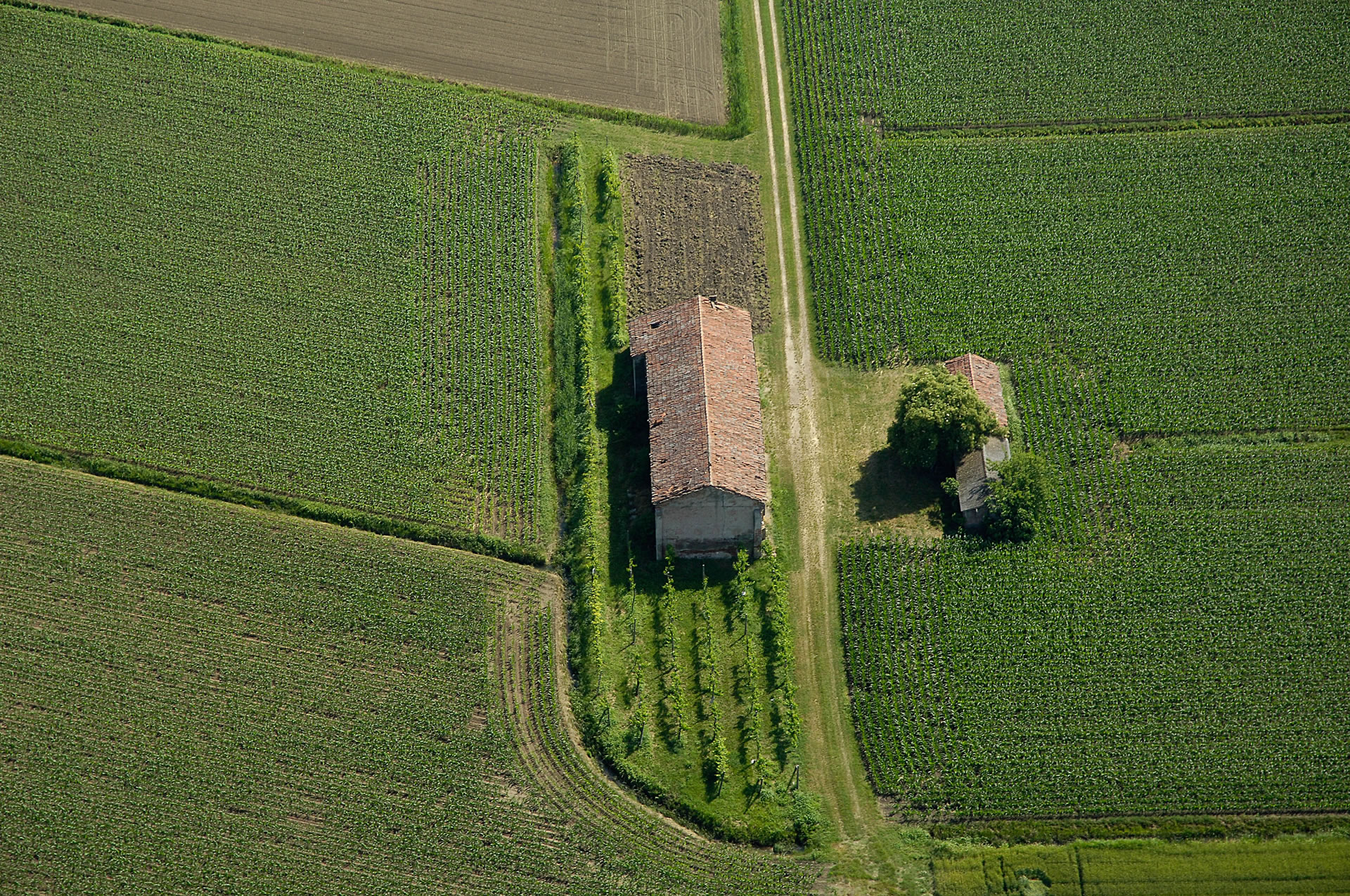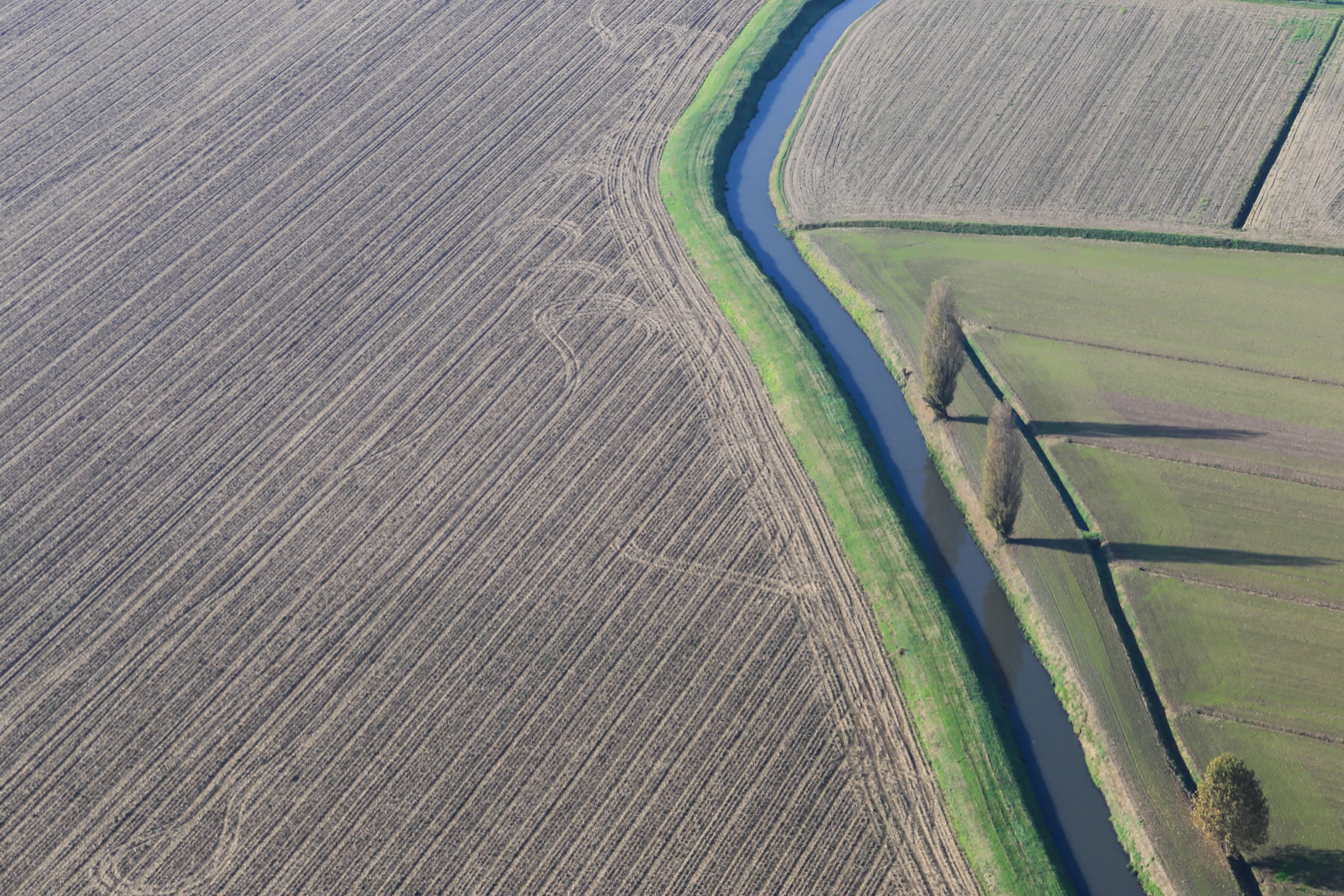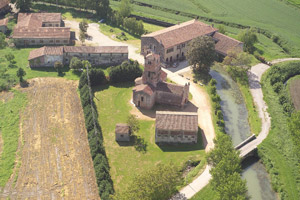When you look at the Pianura Veronese landscape, its soft cultivated areas, marshlands, many rivers and the thick network of towns, you think of a peaceful land, where centuries-old rural traditions and natural rhythms mark time and life. You could hardly think of a territory with a tumultuous military past and a strategic importance, which remained unchanged until the second half of the nineteenth century. The many forts, towers and castles, still dotting many towns of the Pianura Veronese today, remind of that past.
The Pianura Veronese was a borderland to be defended – Mantua and Ferrara in the south, Padua in the east – and was full of important waterways to be guarded, first of all the river Adige. The first fortifications were established in the ninth-tenth centuries, when the fertile countryside was sacked by the last barbaric invasions: then the communities decided to build castles in order to defend themselves from enemy assaults and to protect the population.
During Scaligeri family’s rule (thirteenth-fourteenth centuries) the fortification network in Verona territory was strengthened. Fearing the threats from Visconti family in Milan and Gonzaga family in Mantua, the rulers of Verona had a long crenellated wall built (13-16 km) – the so-called “serraglio scaligero” – stretching from Valeggio-upon-Mincio to Grezzana swamps including, besides the fort of Borghetto, the castles of Gherla and Villafranca.
During the rule of the Republic of Venice (fifteenth-eighteenth centuries) the Valli Grandi Veronesi territory was of strategic importance and was considered an insurmountable natural barrier, so much so that for this reason no marshland reclamation was ever taken into consideration until the nineteenth century.
As a guard of the only bridge on the river Adige in the Pianura Veronese, Legnago has always been a strategic place in order to control the river and land traffic and for this reason it has had a castle since the tenth century. In the fifteenth century the Republic of Venice would consider Legnago the “key to the State” and therefore they established an impregnable, according to the contemporaries, fortress. But in the following century, after the devastations due to the war against Cambrai league, the Republic of Venice turned the small town on the river Adige into a majestic crenellated fortress, with the project of the famous architect Michele Sanmicheli.
From 1815 to 1866 the Pianura Veronese played a central role again in the defence of the Lombardo-Veneto region by the Austrians. The famous Quadrilatero, with the fortresses of Verona, Peschiera, Mantua and Legnago on the four corners, became one of the most important “fortified regions” in Europe indeed.
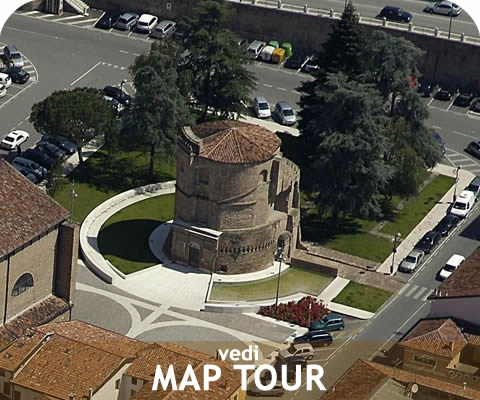
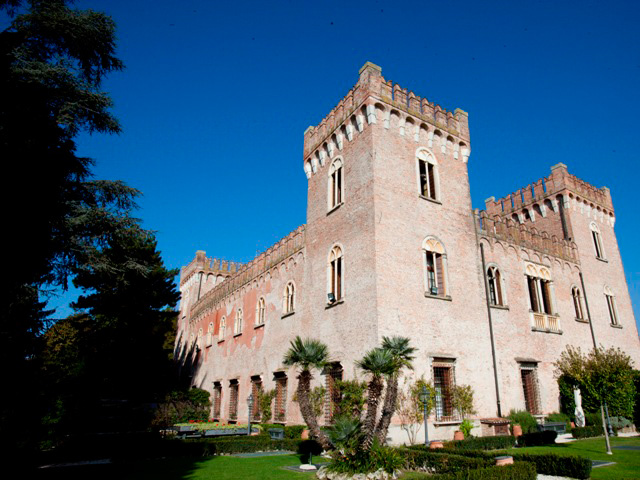
Castle of Bevilacqua |
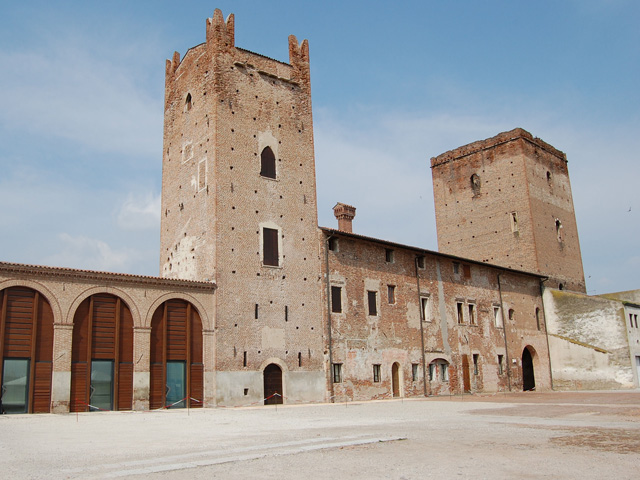
Castle of Salizzole |
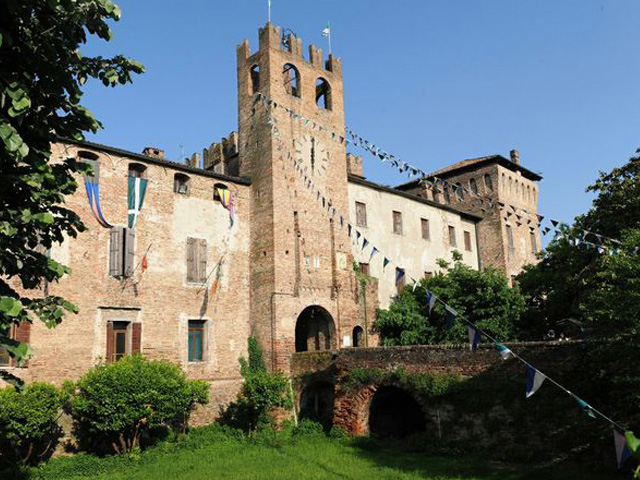
Castle of Sanguinetto |

Fortress of Legnago |
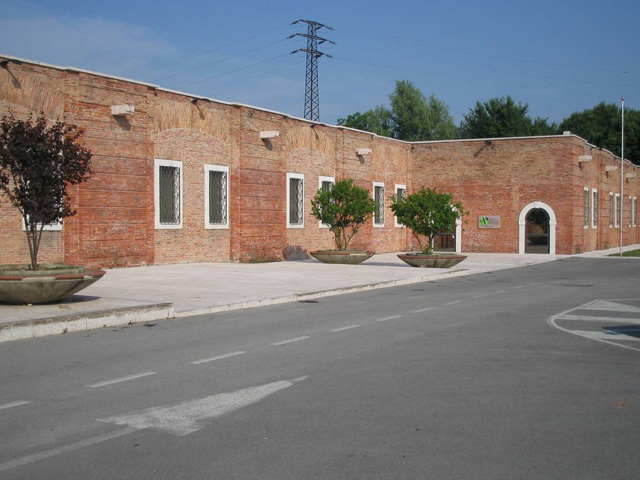
Hospital "alla Prova" |
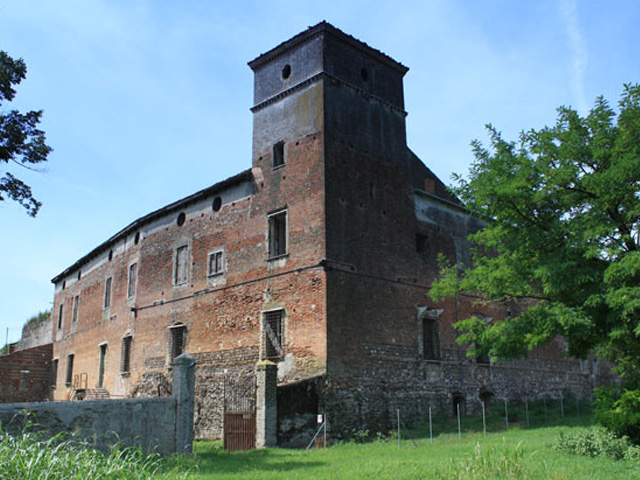
Castle of Nogarole Rocca |

Scaliger Tower of Isola della Scala |
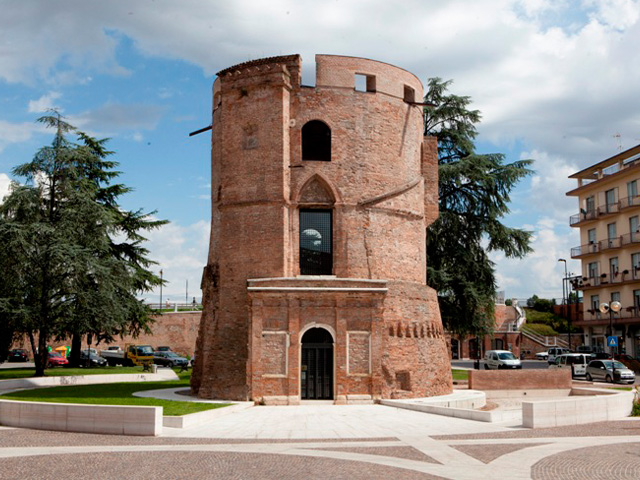
Torrione of Legnago |





